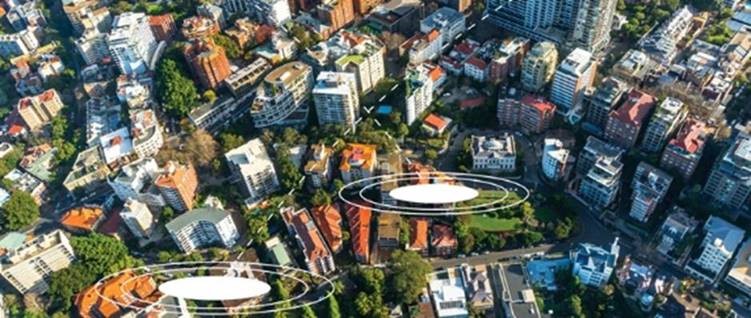ANCOM establishes the procedure for settling disputes on the public electronic communications networks providers’ access to physical infrastructure
16.11.2016
Â

Â
The National Authority for Management and Regulation in Communications of Romania (ANCOM) debated and adopted in Consultative Council the procedure for settling disputes on the regime of electronic communications networks physical infrastructure. According to the adopted decision, ANCOM will settle the disputes between public electronic communications network providers and network operators, as well as between public electronic communications network providers and those entities that hold, in any capacity, a physical infrastructure installed within a building.Â
Â
The Decision will be sent to the Romanian Official Journal, for publication, and will enter into force in three days from the publication date.
Â
Disputes that can be settled by ANCOM
According to the Decision, ANCOM can settle disputes occurred where the parties involved do not reach an amiable solution on issues regarding:
- granting access to physical infrastructure, including that installed within a building
- amendment of the contract clauses on the modalities and conditions, including the tariff ones, under which access to physical infrastructure is carried out, including to physical infrastructures installed within buildings
- the network operator’s hindering the execution of access works
- making available information on the location, route, type and current use of the physical infrastructure, as well as a contact point
- inspections of the physical infrastructure elements envisaged for the installation of electronic communications network elements
- making available information regarding one’s ongoing or planned civil engineering works, as well as the coordinated execution of such works
The dispute settlement procedure
The main aspects regulated by the draft decision regard the method of bringing a dispute in front of the Authority, the proceedings to be completed prior to the dispute settlement procedure, the stages of the actual procedure (summoning the parties, conducting the meetings, procedural issues etc.), the issuance of the dispute settlement procedure, procedural terms, as well as the rules applicable to communicating procedural acts.
Â
Thus, where a dispute on the above-mentioned issues arises, the interested party must submit a written request to ANCOM. The dispute will be settled by a Commission that sends the respondent a copy of the settlement request, together with the documents provided by the plaintiff and asks the former to give an answer within 5 or 10 working days, depending on the object of the dispute. Based on the complexity of the dispute, the parties may be invited to several meetings before the Commission, which – for the successful settlement of the dispute – can request additional information and ask for the opinion of external specialists, as associated experts, and can proceed to on-site verifications.
Â
Depending on its object, a dispute must be settled within 2 or 4 months from the date of the request, at the latest, by an ANCOM President’s Decision that is mandatory for the parties, is communicated to them and published on the Authority’s website. This decision has an administrative-jurisdictional character and may be challenged before the Administrative Court of the Bucharest Court of Appeal, without completing the preparatory proceedings.
Â
The dispute settlement procedure regulated by the adopted decision is optional and free of charge.
Â
Context
The Authority’s decision follows the entry into force, on 28 July 2016, of Law no. 159/2016 on the regime of physical infrastructure of electronic communications networks, and on establishing certain measures for reducing the cost of installing electronic communications networks. Under the new law, ANCOM acquires attributions for settling a significant number of dispute categories and an optional and free-of-charge dispute settlement procedure is established.
The disputes subject to this decision may have implications on physical infrastructures in various fields, such as: energy, local and national public transport (road, railway, air and water transport etc.), water and natural gas distribution, public lighting etc.Â


 top
top